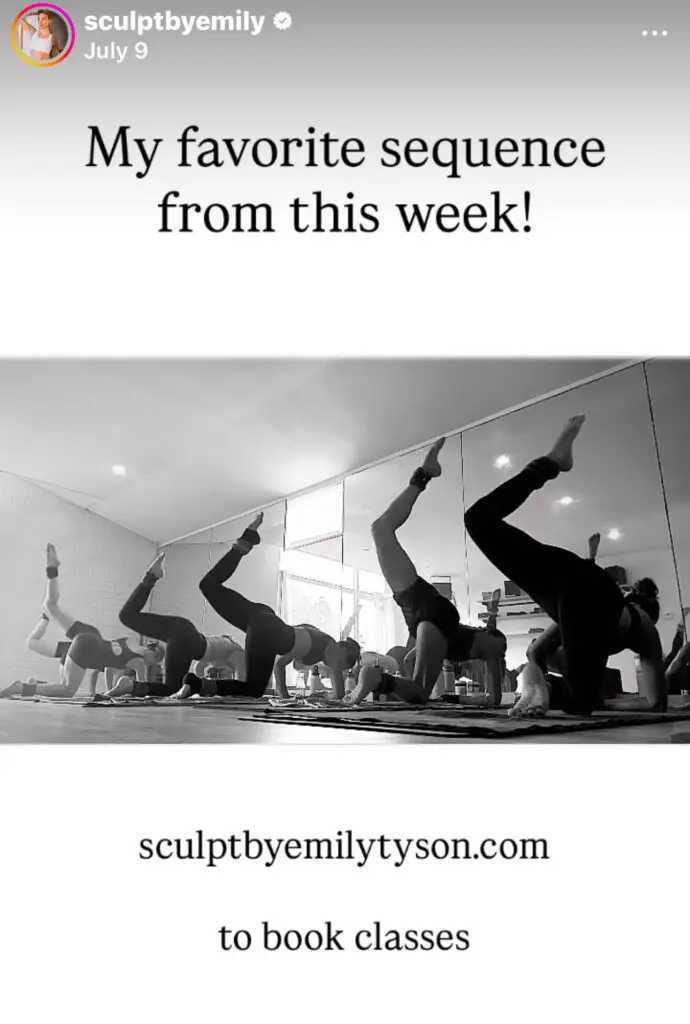You’ve put in the work to grow your audience. People are liking, sharing, and engaging with your posts — but when it comes to turning that attention into actual sales, things can feel a little uncomfortable.
Here’s the shift that makes all the difference: selling isn’t about pushing something on people or annoying your followers. It’s about offering them something that genuinely makes their lives easier. If you’ve created a solid product you believe in — whether that’s a membership, a course, or a library of templates that saves small business owners hours of work — then sharing it isn’t selfish. It’s service.
That’s why learning how to sell to your social media audience doesn’t mean becoming pushy. It means showing up with confidence, building trust, and making it clear how your offer can help.
Here are 12 strategies that make selling feel more natural and a lot less stressful.
1. Tell Stories That Sell
Stories create connection. Instead of leading with a sales pitch, share the real-life experiences behind your offer — your own journey, a client’s transformation, or the challenges your community faces. A simple structure works well: the problem, the turning point, and the outcome. When people see themselves in the story, your offer feels like the natural next step.
Here’s an example from Instagram creator, Stephen. He has an online business called SLP Stephen where he helps people who stutter learn to speak more confidently. On his Instagram page, he shares personal stories about his own stuttering journey to connect with his audience, like this one: “When I was 17, I searched ‘help for stuttering’ on Google.”

2. Use Content That Educates and Teases
Your audience follows you because they want to learn. Share practical tips, frameworks, or insights that give them a quick win. But don’t feel like you have to give away everything. Teach the “what” and the “why,” then position your course or membership as the place to learn the full “how.” When you believe your offer will actually make their work or life easier, inviting them to learn more feels natural.
3. Create Exclusive Offers for Followers
People love to feel like insiders. Offering follower-only bonuses, early access, or time-sensitive discounts makes your audience feel special and encourages them to act sooner rather than later. For example, you might announce a bonus resource available only to those who sign up through your Instagram bio this week.
4. Leverage Social Proof
Seeing others succeed builds confidence. Share testimonials, screenshots of positive feedback, or short video clips from happy clients. You could even dedicate one day a week to highlighting a customer story. These moments show your audience that your program works in real life, not just in theory.
5. Go Live and Sell in Real Time
Live video builds trust because it’s unpolished and personal. Use it to answer questions, teach a short lesson, or share behind-the-scenes insights. At the end, explain how your offer provides deeper support. If you know your product solves a real problem, going live is simply giving people a chance to see that in action.
6. Add Clear Calls-to-Action (CTAs)
Great content is wasted if people don’t know what to do next. Be clear and specific: “Click the link in my bio to join,” or “Send me a DM with the word START and I’ll share the details.” Consistency is key here. The clearer you are, the easier it is for your audience to take action — and if your offer truly helps, you’re doing them a favor by pointing the way.
7. Offer Free Mini-Experiences
Sometimes people need to try before they buy. Hosting a short challenge, webinar, or workshop lets your audience experience your teaching style and see the value you provide. At the end, invite them to continue the journey inside your paid program. If you know your product makes their lives easier, this is just giving them a taste before they dive in.
8. Use DMs to Build Relationships
Social media comments are great, but direct messages create real connection. Use polls or question stickers in your stories to spark conversations, then follow up personally. Ask about their goals, listen to their challenges, and share your offer if it’s a good fit. Done thoughtfully, this feels like a genuine conversation rather than a sales pitch
9. Repurpose Testimonials Into Content
Testimonials don’t have to stay tucked away on your website. Turn them into engaging posts, reels, or carousels that highlight your clients’ results. Even a short quote or a screenshot of a happy message can be powerful. Every story you share reinforces that your offer is valuable and worth investing in.
10. Create a Sense of Urgency
Without a reason to act now, people tend to wait. Deadlines, limited spots, or expiring bonuses encourage quicker decisions. If your enrollment closes on Friday, remind your audience with countdown stickers, pinned posts, and story updates. You’re not being pushy — you’re helping people stop procrastinating and start benefiting from something that can truly help them.
11. Share Behind-the-Scenes Content
Transparency builds trust. Show your audience what goes into creating your course, how you prepare for coaching calls, or what your community looks like on the inside. A short video tour or a candid snapshot can make your offer feel more tangible and approachable.
Take Emily Tyson’s post for example. She teaches in-person and virtual fitness classes and shares behind-the-scenes glimpses into her sessions.

12. Make the Buying Process Frictionless
Even the best sales strategy won’t work if checkout is confusing. Test your own process on mobile — if it takes more than a couple of clicks, simplify it. Tools like MemberSpace make it easy to create smooth, mobile-friendly signups and instant access to your membership or digital products. The easier it is to buy, the faster people can start experiencing the value you’ve created for them.
Final Thoughts
Selling on social media doesn’t have to feel uncomfortable. When you view it as sharing something valuable that truly makes people’s lives easier, sales stop feeling like pressure and start feeling like service.
Learning how to sell to your social media audience is about showing up consistently, sharing stories, and inviting people into something you know will help them. Do that, and you’ll not only grow your business — you’ll also build a stronger, more connected community.




